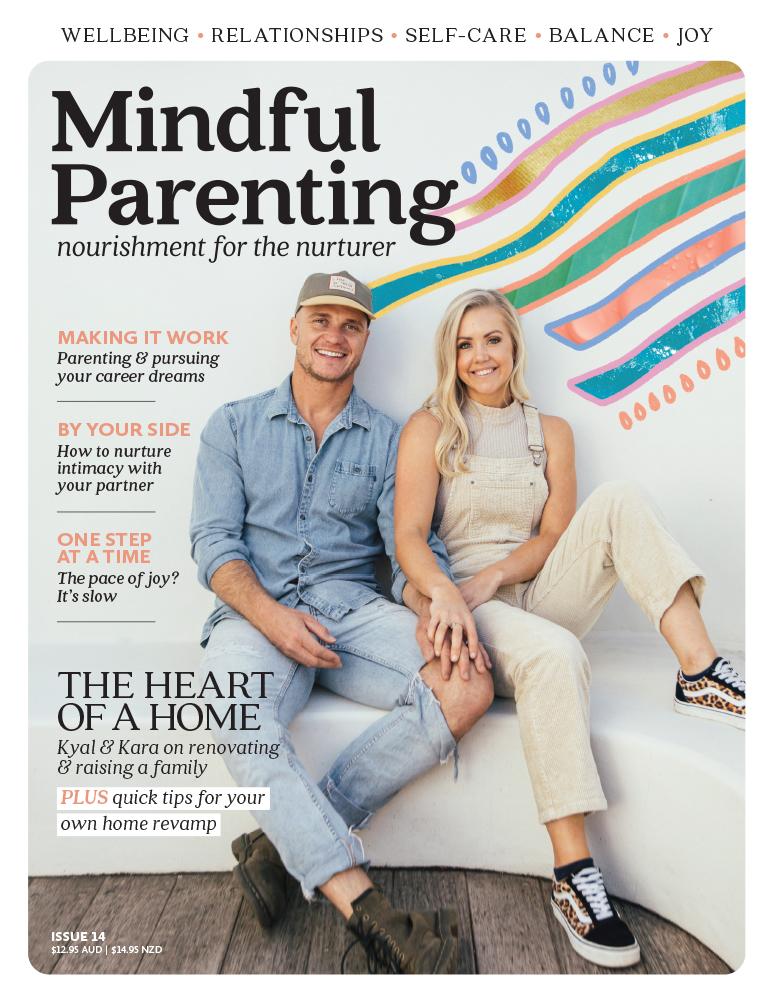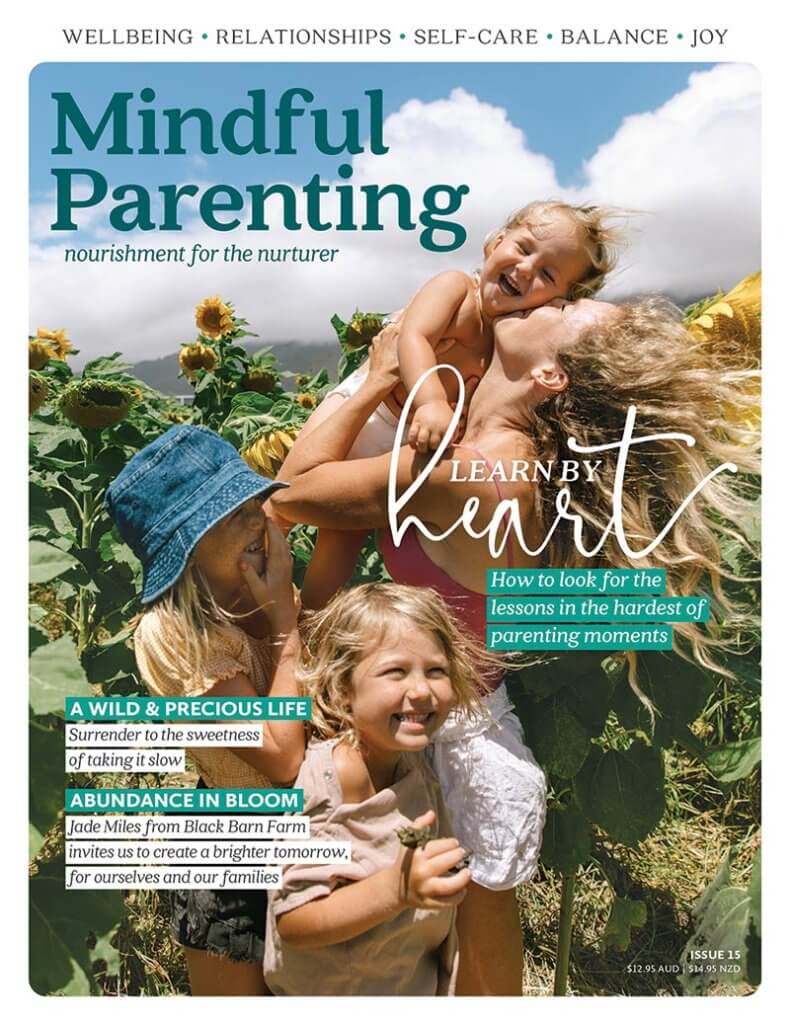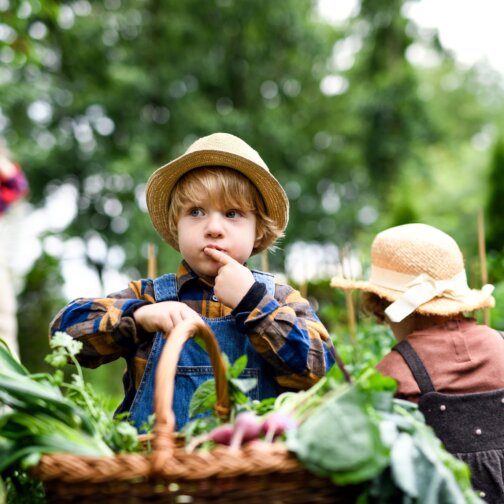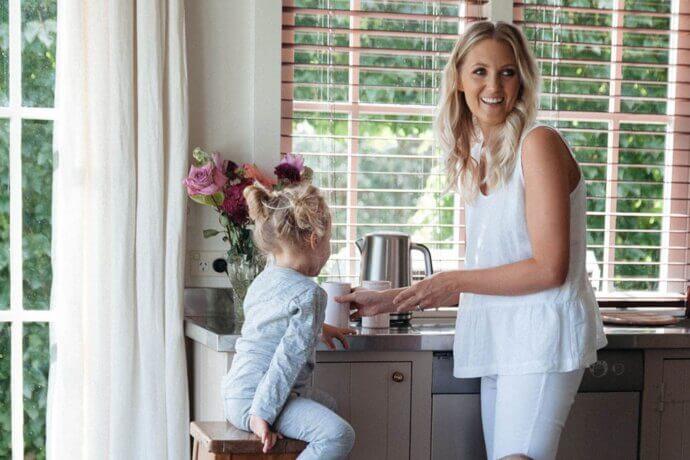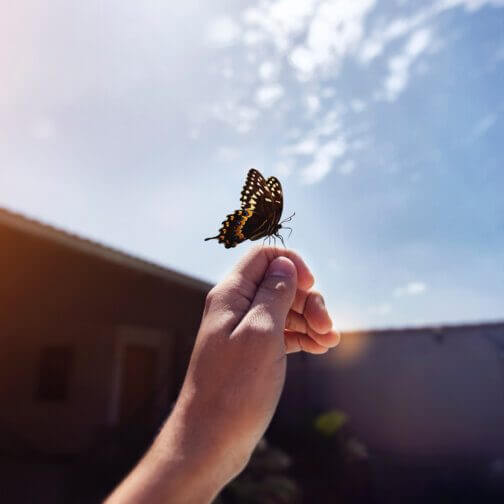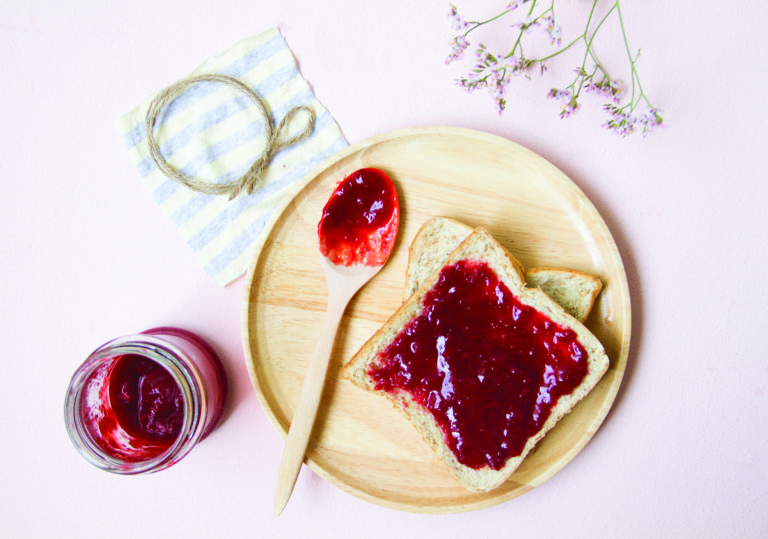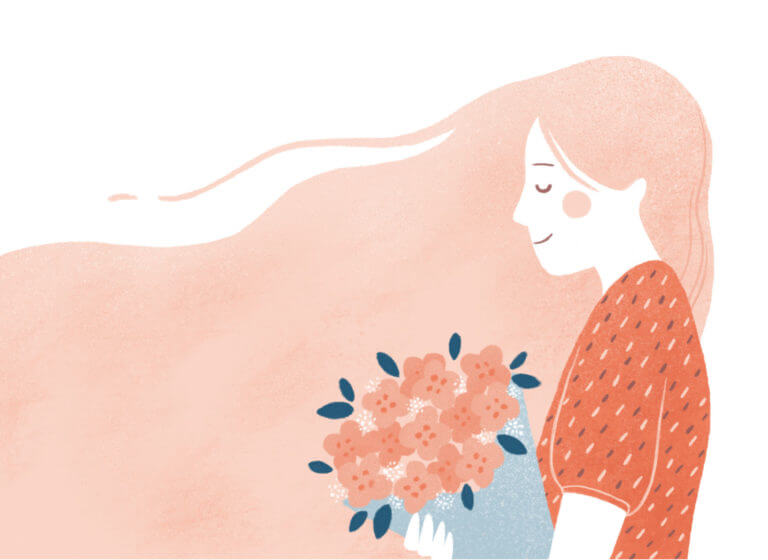
When anxiousness plagues our young people, it can be difficult to know how best to soothe them.
There are few things that excite young kids quite as much as birthday parties. And what’s not to love? Games, sugary treats, music, and high-pitched squeals of delight! Getting invited to a birthday party elicits great anticipation. The excitement of placing the invitation on the fridge and counting down the days is a time-honoured tradition.
For some kids, though, excitement is tempered by social anxiety. I recall the day that two of my daughters came home with birthday party invitations. My eight-year-old bounced out of school with delight, eagerly thrusting the invitation into my hands. My seven-year-old, however, trembled as she passed me the invitation, worry etched all over her face.
Anxiety is one of the most common psychological issues experienced by children. It presents in many forms, including separation anxiety, social anxiety, and generalised anxiety. For as many as one in five young people, the symptoms become so intrusive they interfere with day-to-day living. At its most severe, it can be paralysing.
Parenting author and educator Dr Justin Coulson describes anxiety as “a degree of apprehension, fear, or worry” about future events. “Essentially, it is anticipating a negative experience,” he says. Coulson explains that anxiety may present in a number of different ways. “It can depend on the child, the atmosphere at home, and where the anxiety is most prominent. Some children may be highly anxious in social situations, but in familiar settings they show no concerns.” And while some degree of anxiety is quite normal, it’s when it impedes day-to-day functioning that it may be a problem.
Some kind of worry makes sense, says psychologist Sabina Read. “Worry is our body’s way of preparing to look after itself; it’s a survival mechanism. If it presents and you find a way to tolerate the discomfort, then it’s not an issue.”
It becomes a problem, however, when it hinders your functioning. “When it stops you living the life you want to live, like going to school or ballet class, it is an issue that needs addressing,” Read says. Dr Coulson agrees that some fear is a natural and healthy response to uncertainty, adding that it becomes diagnosable mental illness when it’s present more days than not over a sustained period of time.
While there is a spectrum from mild to severe, Read says that rather than thinking in terms of a hierarchy, it is more helpful to think about how it manifests itself. “Some kids will shut down and become emotionally numb, others will get very angry, and for some it will show up as avoidance.”
One of the best ways a parent can help their child is by validating their feelings, recommends Read. “Listen to their fears and acknowledge them. Saying not to worry, is not helpful.” What is helpful, however, is to arm your child with coping tools so that they can face challenging situations. This encourages them to move towards the fear, rather than away from it.
“The fear of the fear is usually bigger than the issue itself,” Read says. And avoidance reinforces anxiety. “Coping with anxiety is about tolerating the fear, not expecting it to disappear. Like a muscle, it needs flexing. The more you do it, the easier it gets.”
Becoming curious about the things that cause anxiety can reduce its impact, says Dr Coulson. “Emotional attunement” – essentially turning towards your child with compassion – is the most effective ways parents can support, he says.
“Now is the time to get curious and explore what has triggered the fear and try to understand, rather than reprimand. Remember, your child is not being difficult or defiant. They need support.” And anxiety is tiring, he adds. “Parents need to understand that it’s exhausting to be anxious and scared all day.” This may manifest as extreme irritability, and even anger.
Your words, and the words they say to themselves, can have a big impact, says Dr Coulson. Acknowledge your child’s fear – don’t dismiss or minimise it. As hard as it is to see your child struggle, it is their experience. Your job isn’t to ‘fix’ it, but rather recognise that it’s their experience.
Read agrees. “Remember, it is not your goal to eliminate all anxiety from your child’s life. Your job is to help your child learn to manage anxiety effectively so that they can deal with life’s challenges long into adulthood.”
HOW PARENTS CAN GUIDE CHILDREN THROUGH ANXIOUSNESS
Empathy and validation
Lead with empathy and compassion. Remind them that we all get anxious. Accepting any anxious thoughts, rather than rejecting them, can help to ease the anxiety.
Authoritative parenting
Empower your child to work out what they should do next. Coulson suggests saying: ‘I can’t do this for you, but I’ll support you while you work through it.’
Mindfulness exercises
Mindful breathing and visualisation exercises can help take you from a fear-based future to a calm present. Effective with younger children, teenagers, and adults.
Reframe emotion
Encourage your child to see their feelings simply as information. This way they can decide if it’s helpful information or not. Coulson suggests reminding your child that thoughts are not facts and that just because you think something doesn’t mean it’s true.
Name the anxiety
Read encourages children to name their anxiety. This dials down the self-criticism and sense of ‘What’s wrong with me?’ It helps children recognise that that anxiety is only one part of them.
Most children have fears or worries of some kind. But if your child’s anxiety is interfering with friendships, schoolwork or family life, it’s a good idea to seek professional help.
WORDS: Michaela Fox
